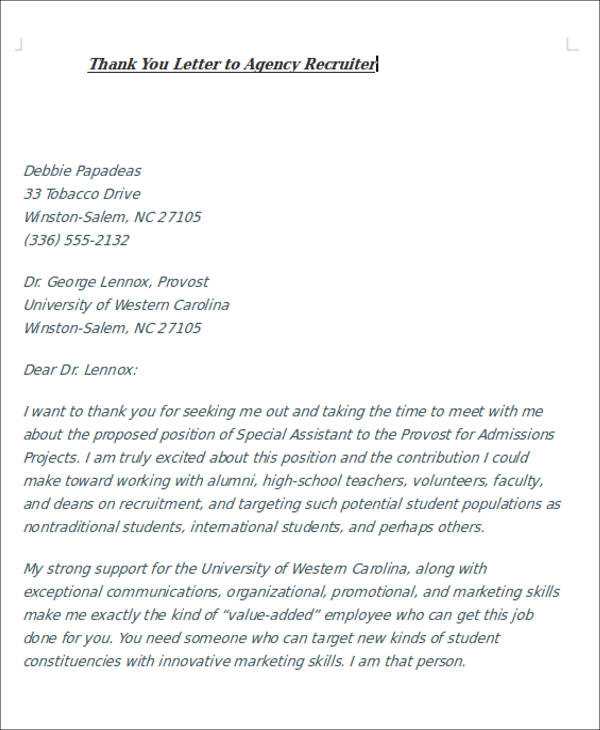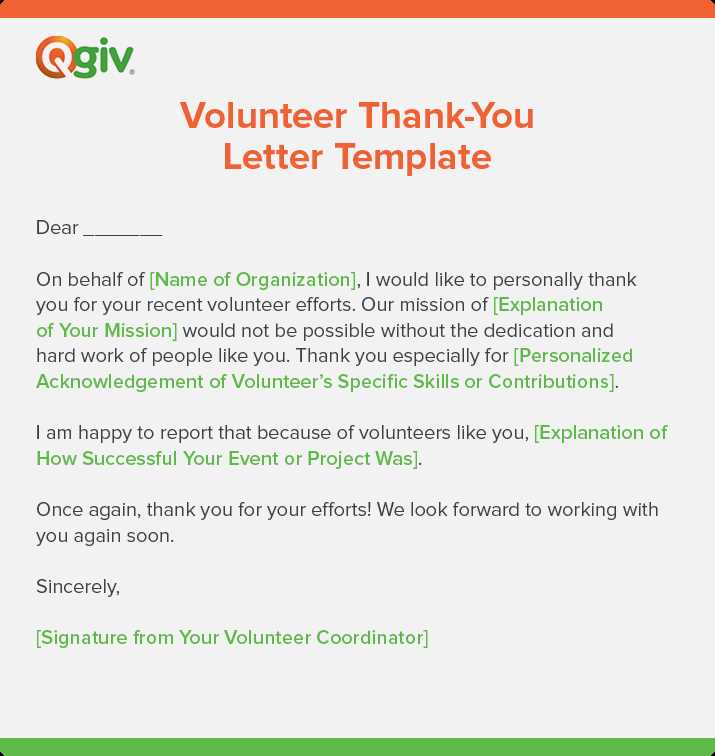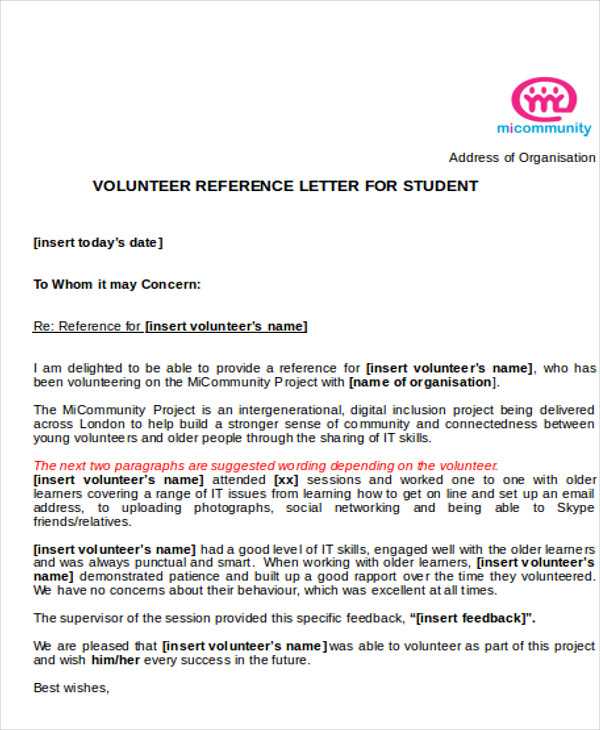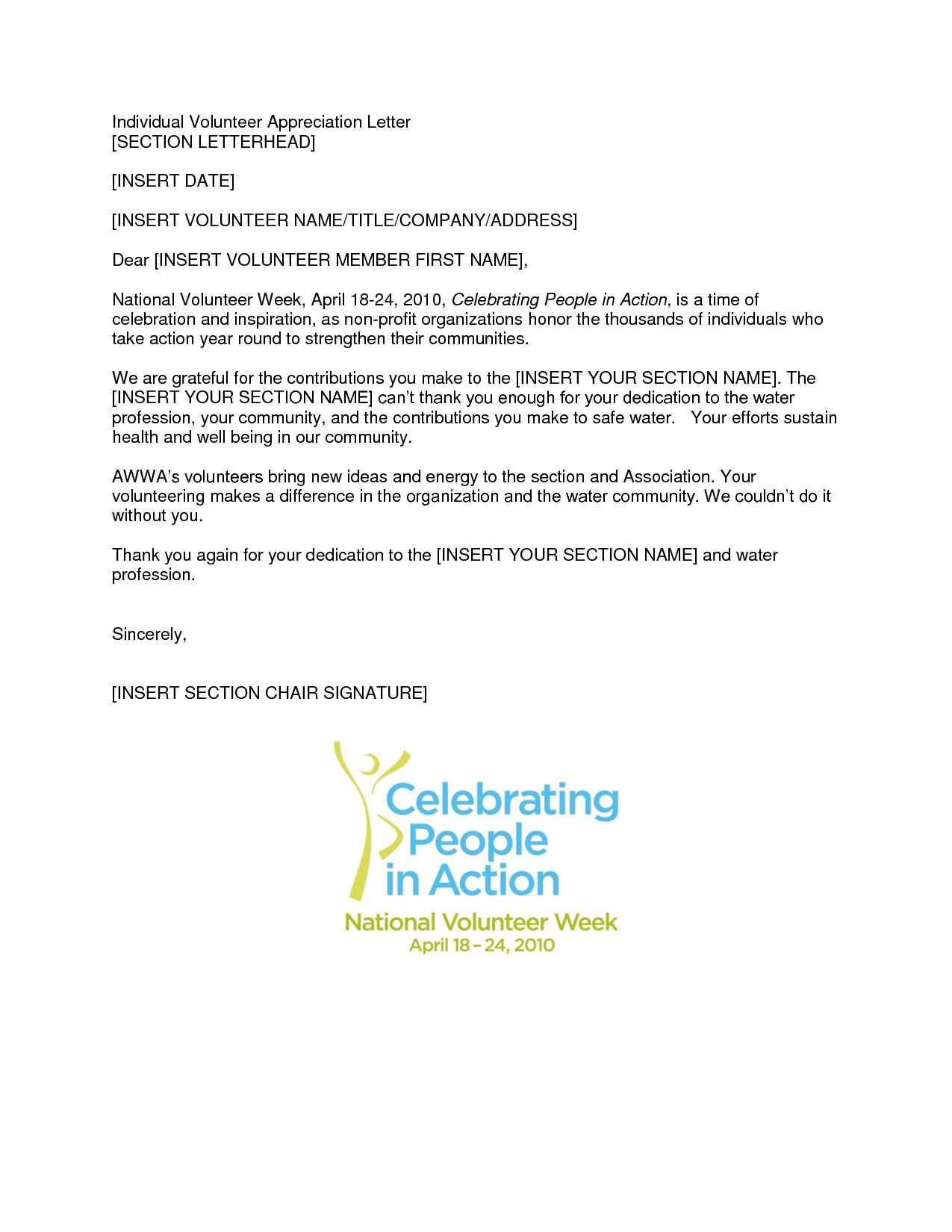Volunteer recruitment letter template

Use this letter template to attract motivated individuals to your cause. A clear, well-crafted message makes it easier to connect with potential volunteers who share your vision. Start by addressing your recipient directly, making them feel valued and important. Let them know why their involvement would make a real impact.
Begin with a warm greeting, and briefly introduce the purpose of your organization. Explain how volunteers play a key role in the work you do. Highlight the specific tasks or areas where help is needed and be transparent about expectations. This helps potential volunteers understand exactly what is involved.
Keep the tone friendly and approachable, using language that shows excitement and gratitude. Mention how their contribution will be meaningful, and provide information on how to get started. Close with an invitation to reach out with any questions, ensuring that the process feels open and inviting. Let them know they will be joining a community working toward a shared goal.
Volunteer Recruitment Letter Template
To create a compelling volunteer recruitment letter, begin by clearly stating the opportunity. Highlight the specific role, responsibilities, and expected time commitment. Make the request direct but welcoming, ensuring potential volunteers understand the impact they can make.
Key Elements to Include
Start with a warm, engaging opening. Use a friendly yet professional tone to invite the reader to contribute. Clearly outline what the organization does and how volunteers are integral to its mission. Provide details on the time commitment, tasks, and skills needed for the position. Conclude by expressing appreciation for their consideration and encourage them to take the next step in the recruitment process.
Sample Template
Dear [Name],
We are reaching out to invite you to join our team of dedicated volunteers at [Organization Name]. We believe your skills and passion for [cause/field] would make a tremendous difference in our ongoing efforts to [impact statement].
As a volunteer with us, you’ll be involved in [brief task overview], helping us achieve [specific goal]. The role requires [time commitment, such as hours per week/month], and we offer [any support or training provided].
If you’re interested, please contact us at [email/phone] to learn more and schedule an orientation session. We’d be thrilled to have you as part of our volunteer community!
Thank you for considering this opportunity. We look forward to hearing from you soon.
Best regards,
[Your Name]
[Your Position]
[Organization Name]
[Contact Information]
Outlining the Key Roles and Responsibilities for Volunteers
Clearly define the specific tasks each volunteer is expected to handle. This clarity ensures everyone understands their role and contributes meaningfully. Here’s a breakdown of typical volunteer roles and their responsibilities:
| Role | Responsibilities |
|---|---|
| Event Coordinator | Organize logistics, manage event schedules, and ensure all materials are ready and available. They also communicate with other volunteers and attendees to ensure smooth operations. |
| Marketing Assistant | Promote events and initiatives through social media, email campaigns, and community outreach. Track responses and adjust strategies as needed. |
| Registration Volunteer | Welcome participants, handle check-ins, and manage the registration process. They ensure that all participants are accounted for and have the necessary materials. |
| Fundraising Support | Assist with organizing fundraising events, engage with potential donors, and help maintain donor records. They work to ensure that the event meets its fundraising targets. |
| On-Site Support | Provide logistical assistance during events, manage the setup and takedown of materials, and assist attendees with any questions or needs during the event. |
Assigning roles based on individual skills and interests makes volunteer tasks more efficient. Encourage communication among volunteers to keep everyone on the same page. Regularly check in to address any challenges or offer support where needed.
Offering Benefits and Rewards for Volunteers

Recognize the value of each volunteer by offering tangible benefits that encourage participation. Simple rewards, such as certificates or thank-you notes, can go a long way in showing appreciation. However, more personalized incentives can further strengthen engagement.
- Flexible scheduling: Provide volunteers with the flexibility to choose shifts that fit their schedules, making it easier for them to commit without feeling overwhelmed.
- Skill development: Offer training sessions or access to workshops that can enhance their professional skills, creating a win-win scenario for both the volunteer and the organization.
- Networking opportunities: Encourage volunteers to connect with others in their field by hosting social events or online networking sessions, helping them expand their professional circle.
- Exclusive access: Provide volunteers with special access to events, workshops, or resources that non-volunteers don’t have, enhancing their sense of belonging and value.
- Recognition programs: Create a volunteer of the month program or annual awards that celebrate their contributions, helping them feel acknowledged for their hard work.
Implementing these benefits shows your commitment to their well-being and growth, making volunteering a rewarding experience for all involved.
Including Clear Instructions on How to Apply
Provide a step-by-step guide to applying for the volunteer position. Begin by specifying the method for submitting applications, such as via email or an online form. Clearly mention any required documents, like resumes, references, or cover letters, and explain how to attach or upload them.
Make sure to outline deadlines for submission and clarify any specific timeframes applicants need to follow. If interviews are part of the process, state how candidates will be notified and the expected timeline for responses.
Explain any qualifications or experience that are necessary to apply, such as specific skills or certifications. If the application involves multiple stages, like an initial screening and a final interview, be transparent about each step.
Provide a contact for applicants to reach out to if they encounter any difficulties or have questions during the application process. Make sure the process is accessible and easy to follow, offering additional support when necessary.
How to Maintain Enthusiasm and Commitment in Volunteers

Provide consistent recognition for volunteers’ efforts. Acknowledge their contributions in front of others, whether it’s a quick thank-you during meetings or a personalized note. Recognition keeps morale high and encourages continued participation.
Set Clear Expectations and Goals
Be transparent about what volunteers are expected to achieve. Define measurable goals that make it easier for volunteers to see their impact. Regularly update them on the progress toward these goals to maintain a sense of purpose and achievement.
Create a Supportive Environment
Encourage open communication between volunteers and organizers. Make sure volunteers know they can reach out for help when needed. Creating an approachable and supportive atmosphere helps build strong, lasting relationships and reduces burnout.
Offer new learning opportunities to keep volunteers engaged. Provide them with chances to take on new tasks, expand their skills, and grow within the organization. When they see the potential for personal development, they’re more likely to stay committed.
Closing Your Volunteer Recruitment Letter with a Call to Action
End your letter with a clear and direct call to action. Tell the reader exactly what you want them to do next. Make it simple, whether that’s signing up on a form, reaching out to you by email, or attending an informational meeting. Be specific about how they can make a difference and why their involvement matters.
Encourage Immediate Action

Invite them to take immediate steps. Phrases like “Join us today” or “Sign up now” encourage prompt action. Make it clear that their response is valuable right away. If you’re offering multiple ways to get involved, explain each option briefly to give them a sense of urgency and flexibility.
Provide Contact Details and Next Steps
Let them know how to get in touch with you directly. Include an email, phone number, or a link to an online form. If there’s a deadline, mention it clearly. Being transparent about the next steps builds confidence in your process and shows that you’re ready for their involvement.